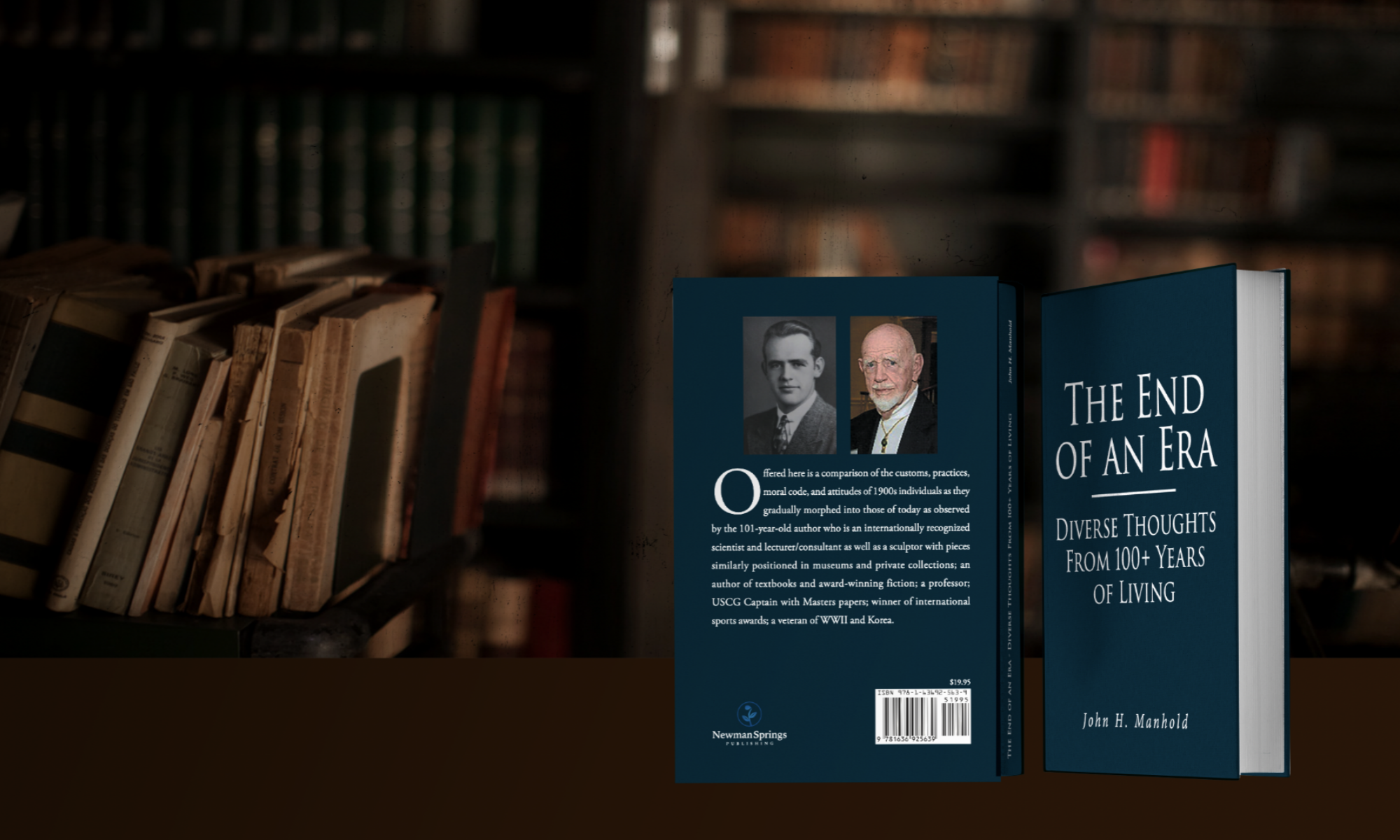CRISIS AVERTED PR Strategies to “Protect your Reputation and the Bottom Line” ISBN: 9781642252576 Published by Advantage Media, copyright and written by Evan Nierman.
The author opens the book with an introduction: A Crisis Averted Followed by PART I: An Introduction to Crisis PR, and four chapters; PART II: Bad Things Happen to Everyone with 3 chapters; PART III: Crisis Control and 4 more chapters. An Afterword closes the presentation.
“This profession centers upon high-stakes and high-profile situations that are hard to forget but are often best handled quietly without the world ever knowing or truly understanding what took place behind the scenes” and explains the procedure employed here. The author explains that good crisis management requires an empathetic individual who is cognizant of all the possibilities involved in all aspects and is a master of nuances when dealing with the situation. “Your client’s success can often hinge upon those subtle distinctions in the way you frame arguments, describe situations, and talk about companies.” You must know your subject matter!!
You also need to be willing to go help even though the call comes in the middle of a family reunion, or other you’re enjoying. You need to be able to converse comfortably with a high profile CEO as well as a blue collar worker and if the guy you’re trying to bail refuses to listen to you be willing to walk away. You also take the job because you believe in the guy who needs help and be willing to fight nasty opponents including reporters.
“A crisis is anything that is going to give people an inaccurate negative view of you or your company. If that is the situation in which you find yourself, then you had better not retreat into your shell, because it is not going to protect you. Instead, take a positive step toward keeping your reputation intact and discuss your circumstances with a crisis counselor.” No longer can you simply tell the truth, you must press for the truth!!! You often must think fast, act fast and even talk fast.
The number of people you are going to physically meet is a finite number, but with internet the number is billions and you are going to be painted as they wish, unless you PRESS for the truth to be seen AS YOU WANT TO BE SEEN! “Share with care and Post with Purpose”
Before facing any crisis situation, “formulate a clear and positive message”. Without such a clearly defined message it is “impossible to communicate powerfully without clearly articulating a primary message!”
Discussion: The author has set forth a book on how to deal with an unexpected crisis in a straightforward, easily understood manner that has gained kudos from numerous CEOs as well as individuals in other positions of importance in need of Crisis Control. The book is heavy on the importance of what the author’s particular team can offer that may be superior to that provided by others. However, in this reviewer’s estimation, it is a justifiable emphasis because of the breadth of his experience in a large number of areas and situations that crises frequently occur. This particular book is well worth reading for anyone and a must for anyone who has the misfortune to be involved in this situation.
5* Highly recommended read for all; a must for anyone involved.
